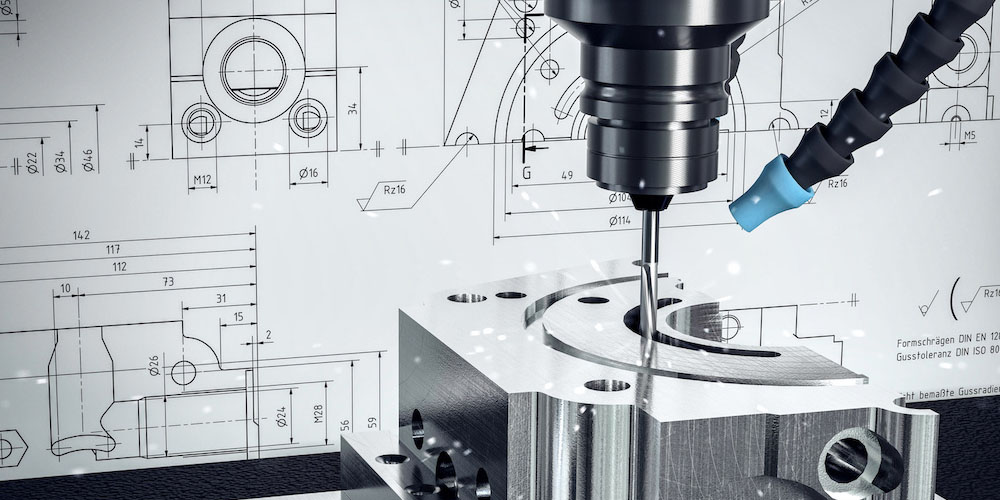A prototype is a sample or model of a final product that is usually created to test the functionality and structure of the intended product. Prototypes are usually made through various prototype manufacturing processes. Regardless of the type of prototype manufacturing technique applied, the process follows a specific prototype manufacturing process covered in this post.
The prototype manufacturing
The following is a guide to the prototype manufacturing process;
Step 1: Developing a product idea
The first step of the prototype manufacturing process is developing a product idea. Here, designers come up with a concept and develop ways to bring it to fruition. This step is usually inspired by a need in society or a particular niche. This step includes coming up with the product’s function or figuring out what problem it is meant to solve.
Step 2: Creating a design drawing
Once designers have developed a product idea, the next natural step is creating a design drawing. This is usually the hardest part of the prototype manufacturing process as it may require to be done and redone several times until an available design drawing is achieved. Note that the function usually determines the design drawing. While creating the design drawing, the designers must also determine the types of materials that will be applied for manufacturing the product.
Step 3: Determining the prototype manufacturing technique
The next step is determining the prototype manufacturing technique you will use to create a model of the designed product. Note that the market features more than half a dozen techniques for prototype manufacturing. The method you choose is usually determined by the type of materials you intend to use for manufacturing the prototype, the product, design, size, the number of models you need, and how fast the technique is. Note that the type of technique you choose will influence the model’s quality, longevity, and functionality. It would also help to consider the cost of the manufacturing technique.
Step 4: Creating the prototype
Once you have determined the ideal technique for prototype manufacturing, the next step is to create the prototype. In this step, you must use the design drawings created in the earlier stages. The way this step is carried out depends on the type of prototype manufacturing technique you choose. This step must ensure that the prototype or model is as close in design, functionality, and structure as the desired final product.
Step 5: Testing the prototype
Once the prototype is created, it has to be tested to ensure that it functions as it was designed to. Most manufacturers test their products using potential clients. The results of the tests are used to determine the changes that need to be made to the product to make it more functional and improve its performance.
Step 6: Making changes to the product design
Once the prototype has been tested, and the necessary changes determined, the next step is to make the changes. Afterward, another model must be created and tested to check if the changes have had the effect they were meant to.
Conclusion
The last two steps may be repeated several times until a perfect model is achieved. Once this happens, the manufacturers or designers have to determine the production quantity and oversee the production of the products. More often than not, manufacturers hire prototyping companies for this process. Doing this is less expensive and more efficient.
